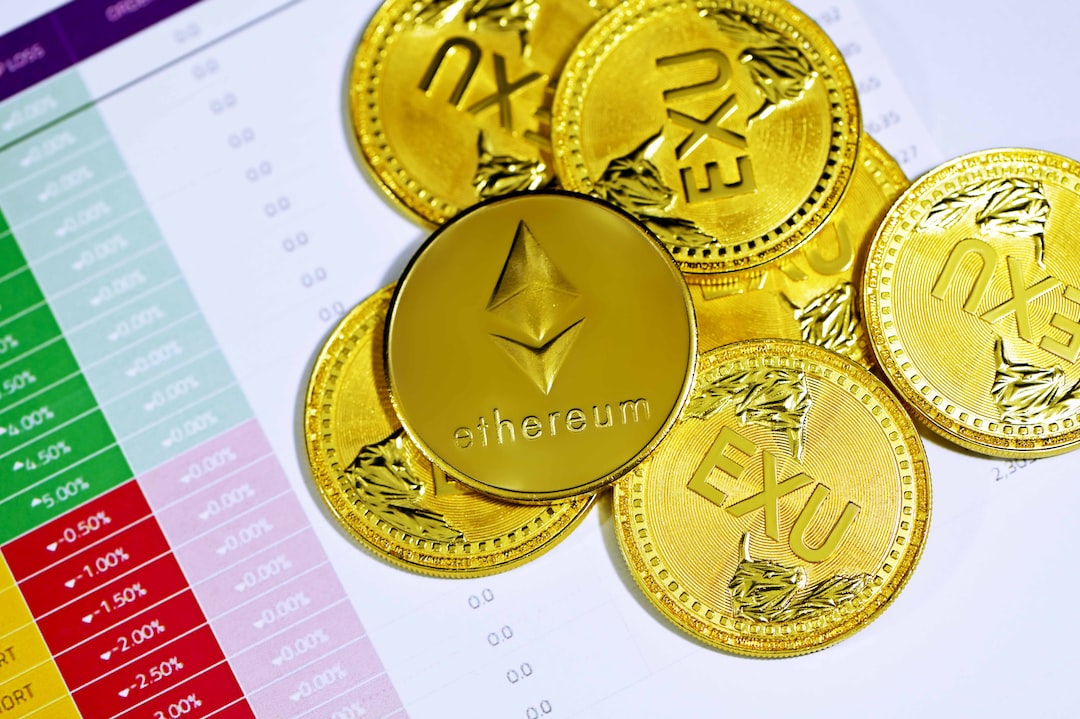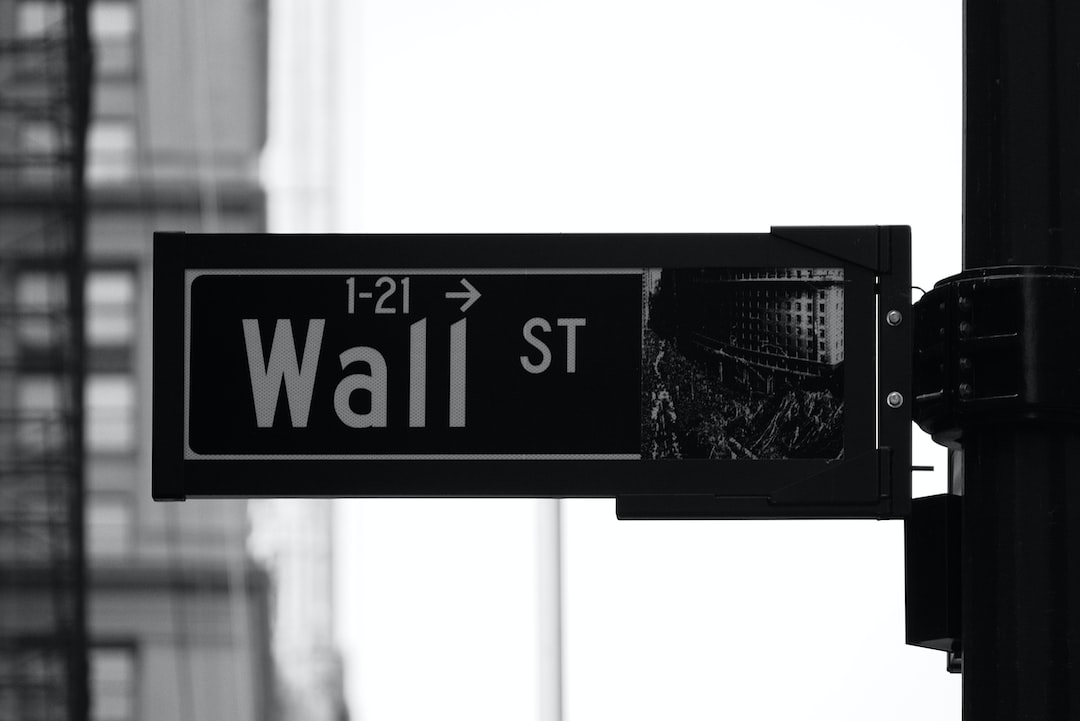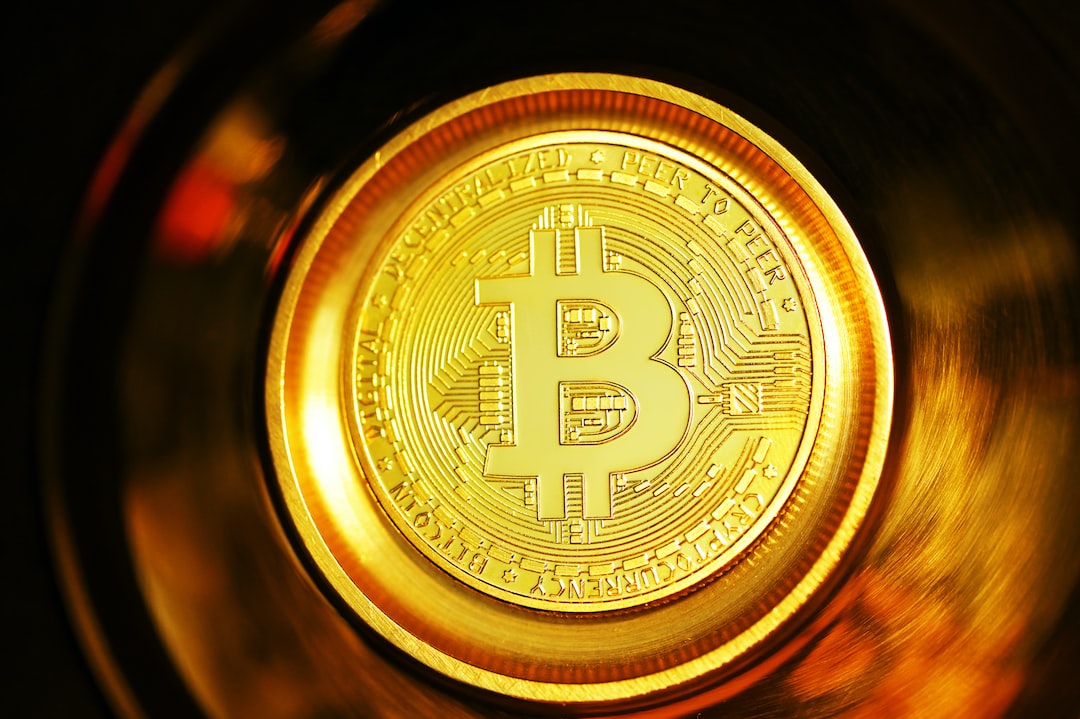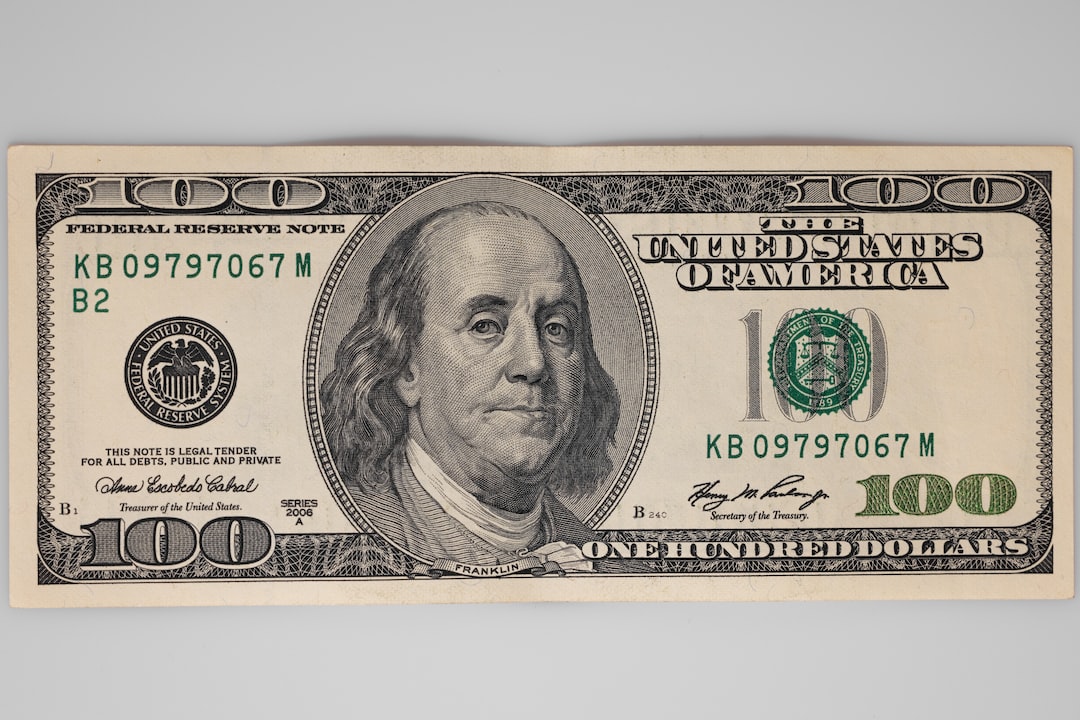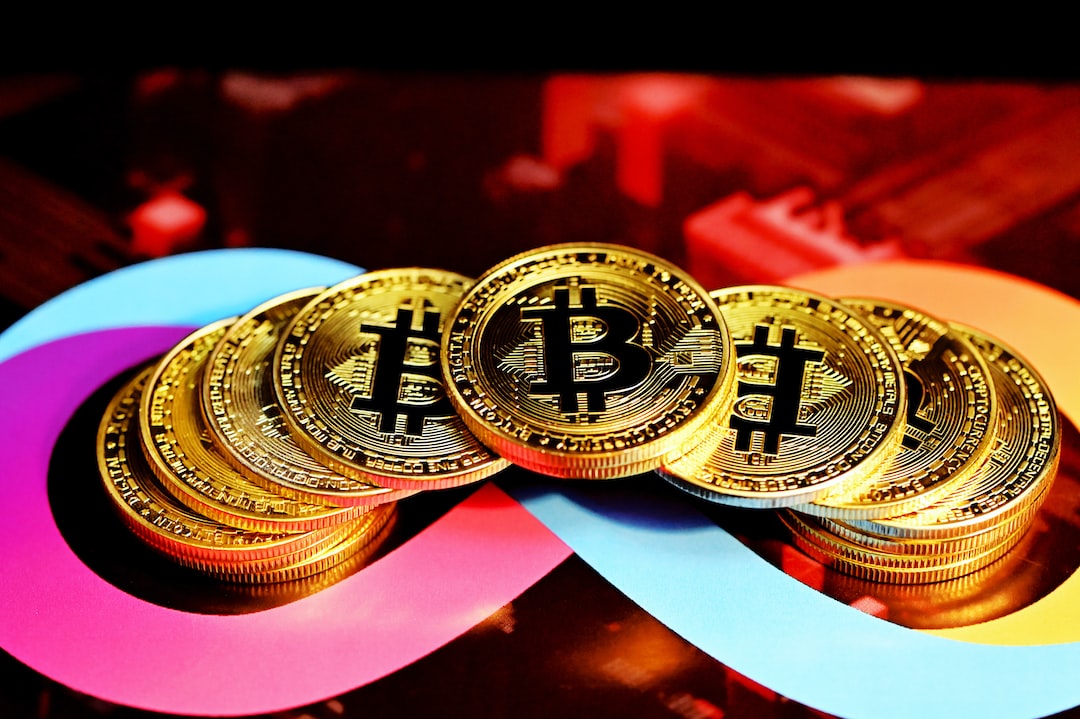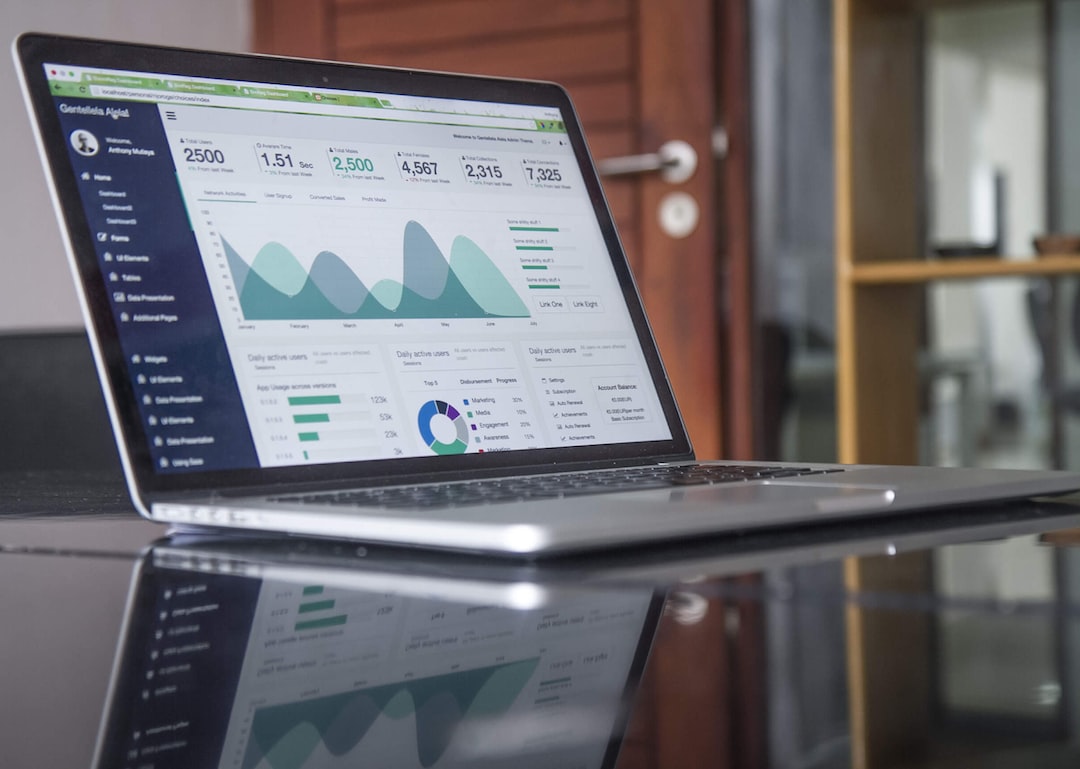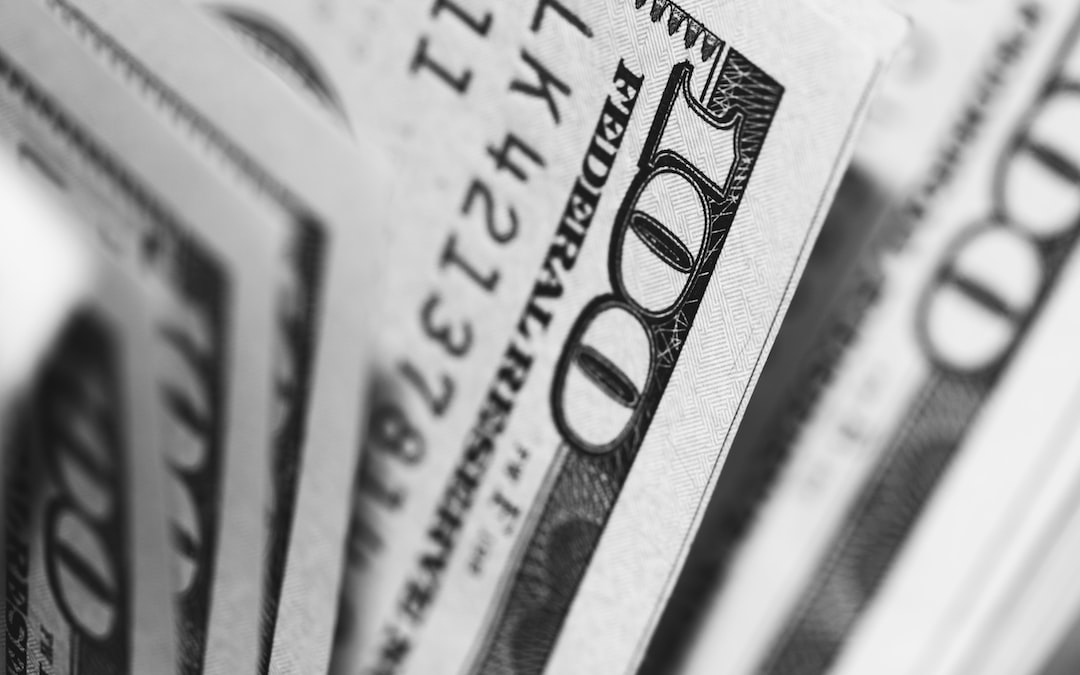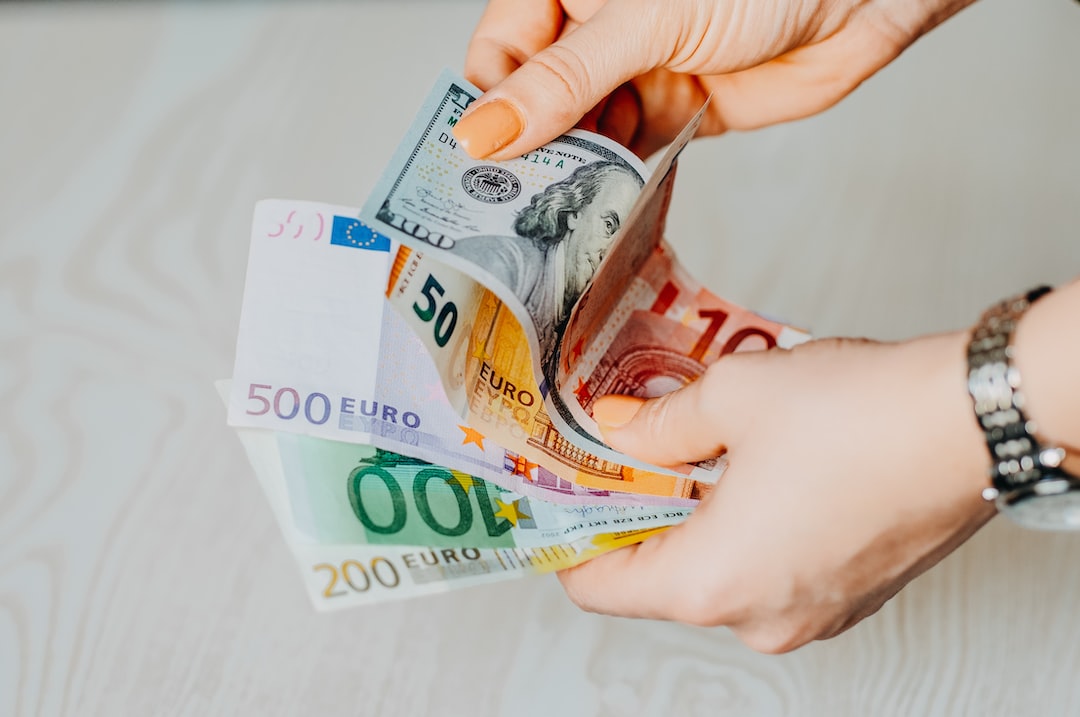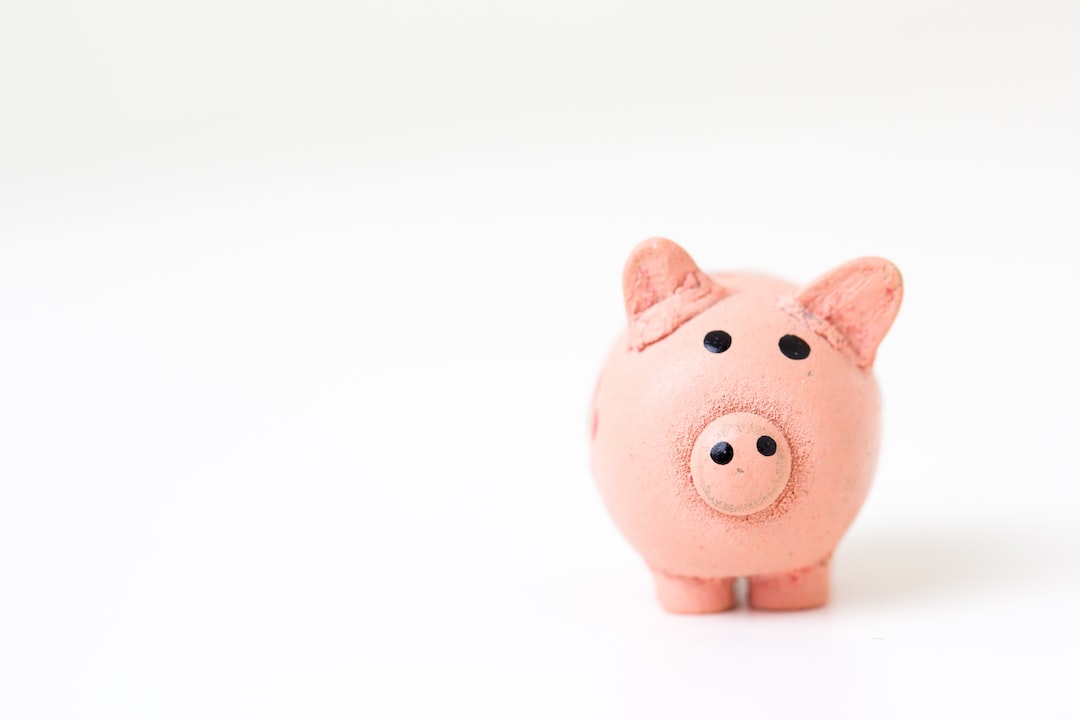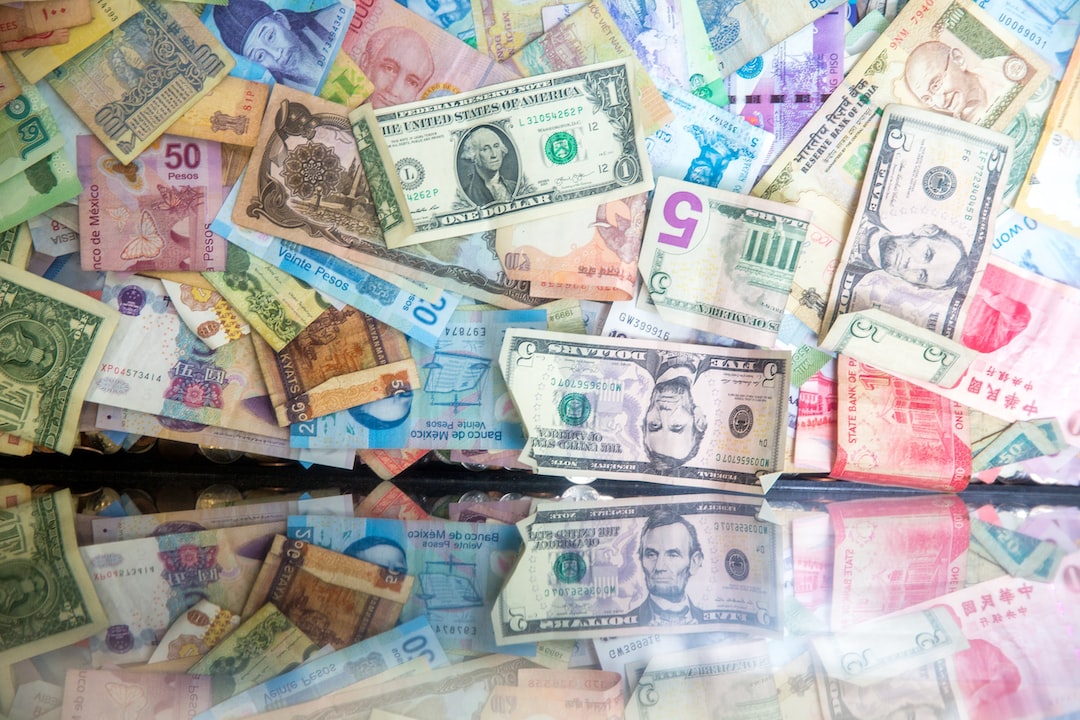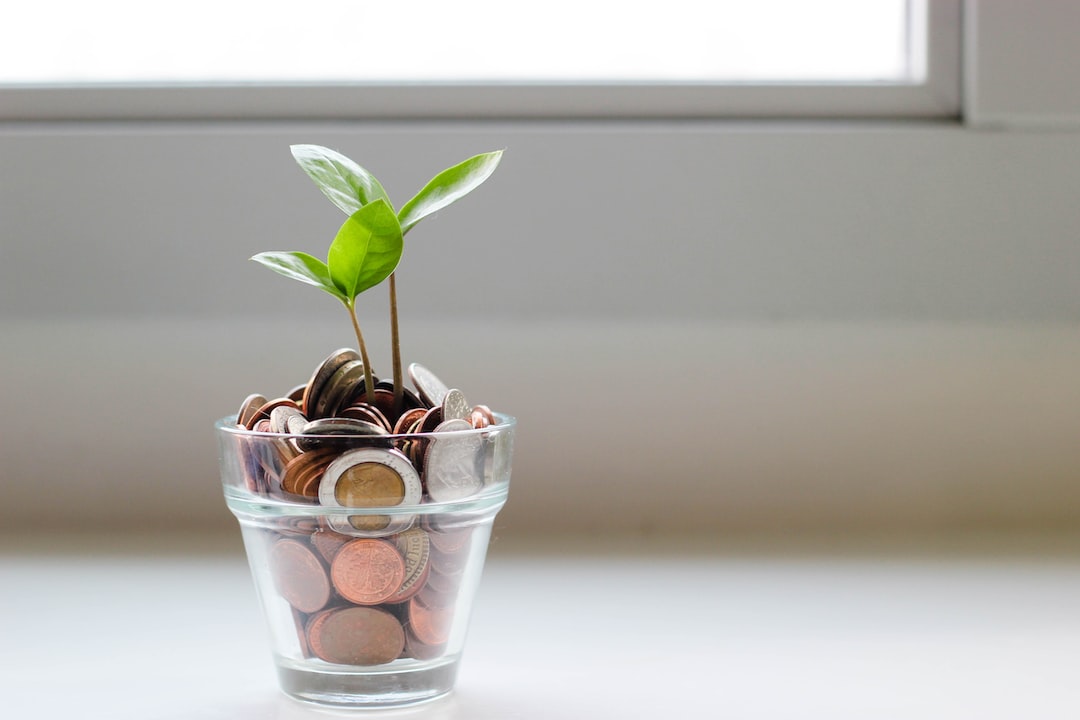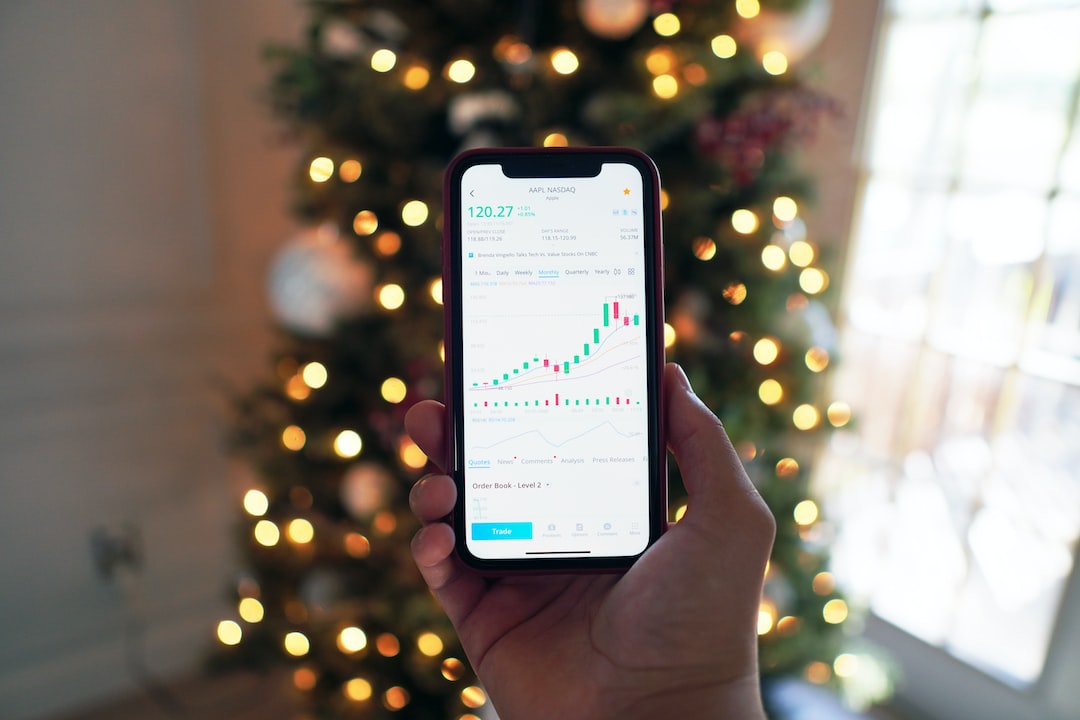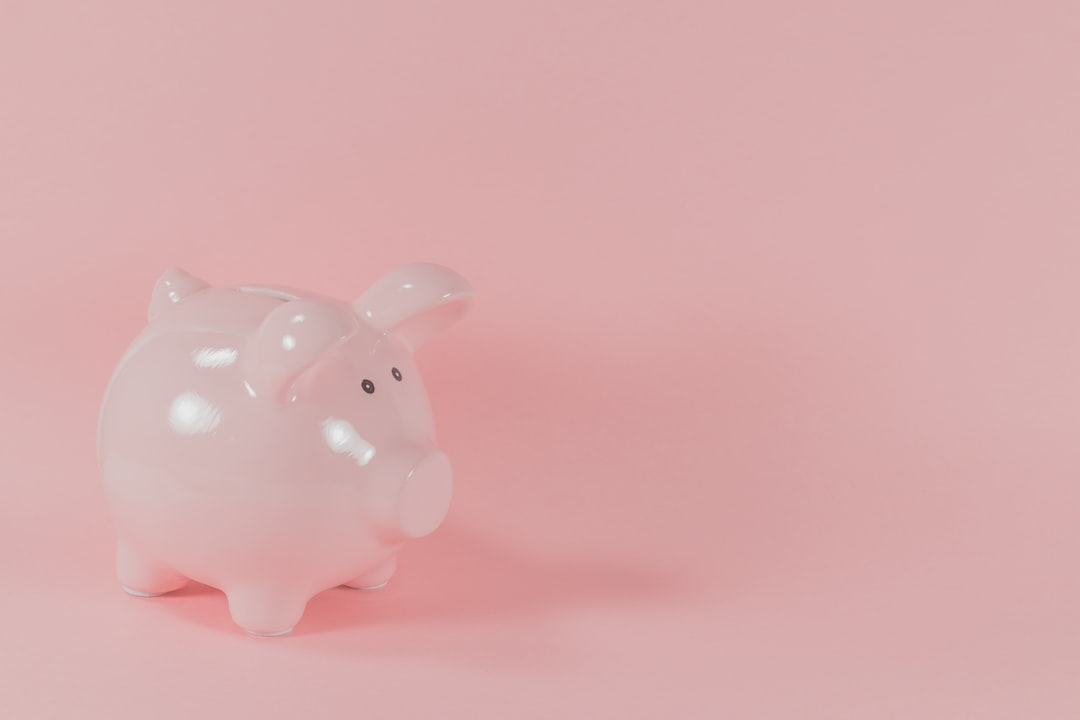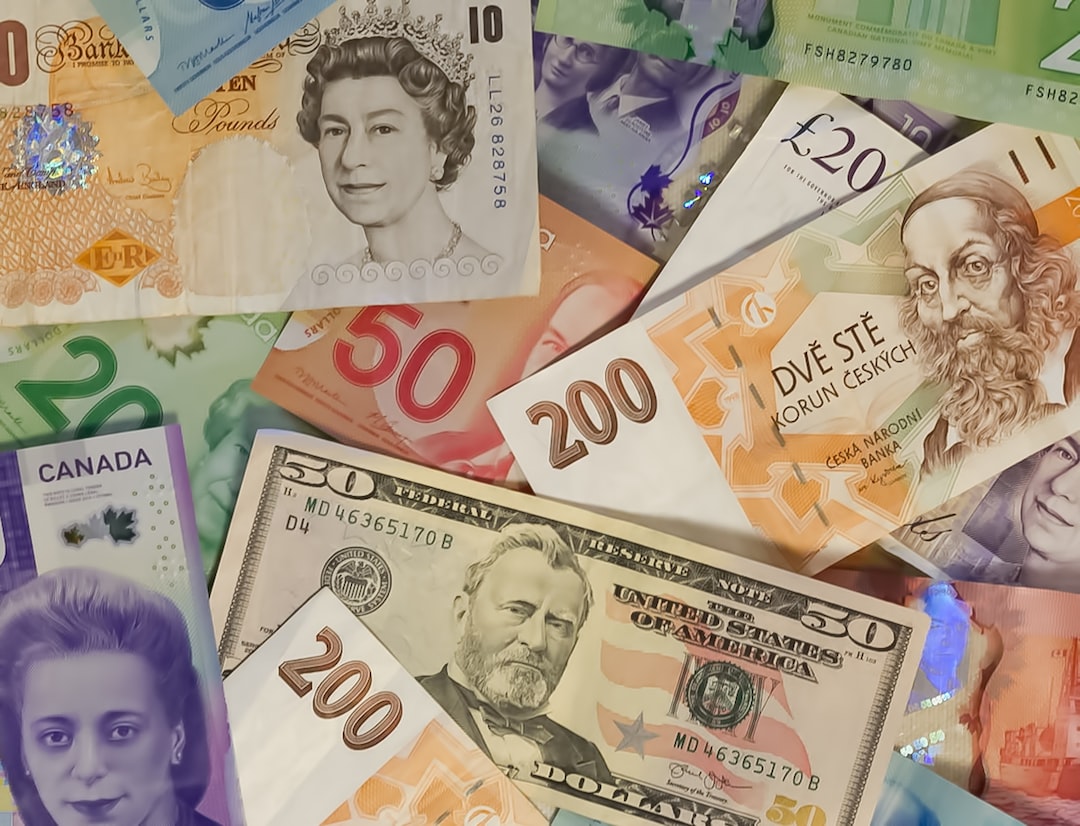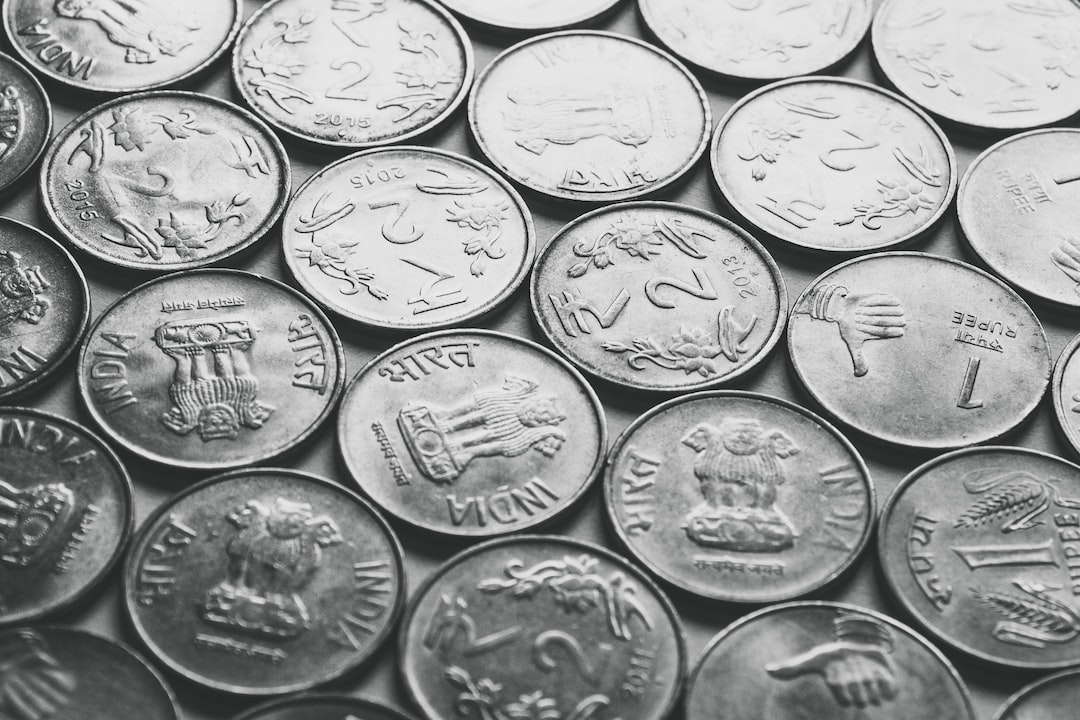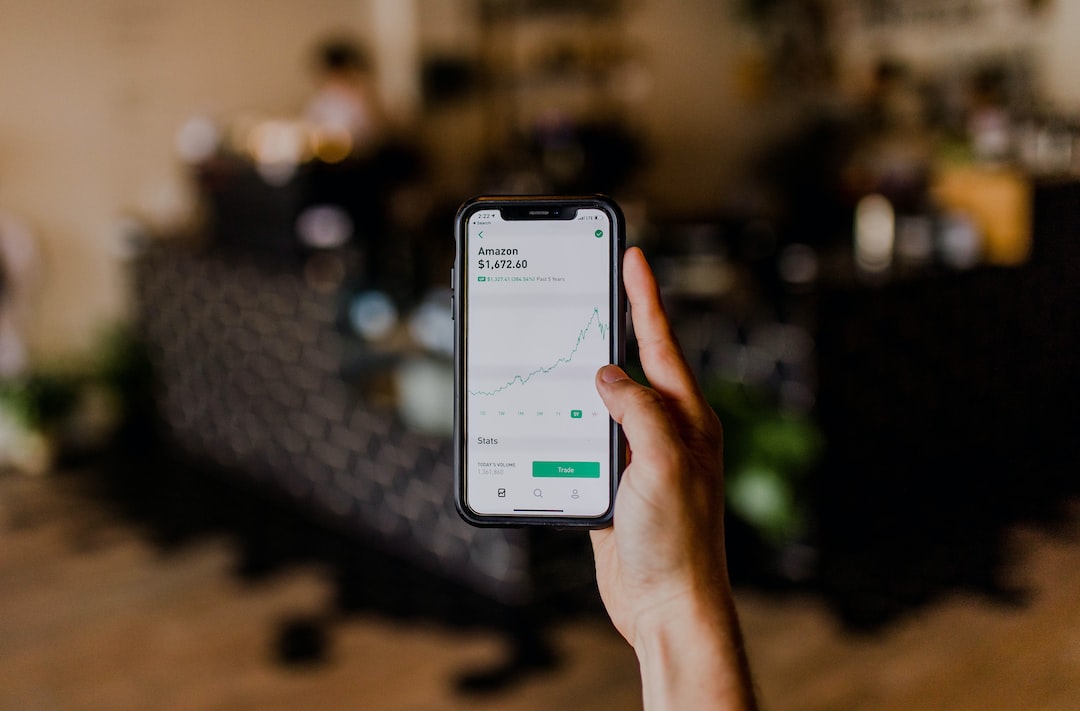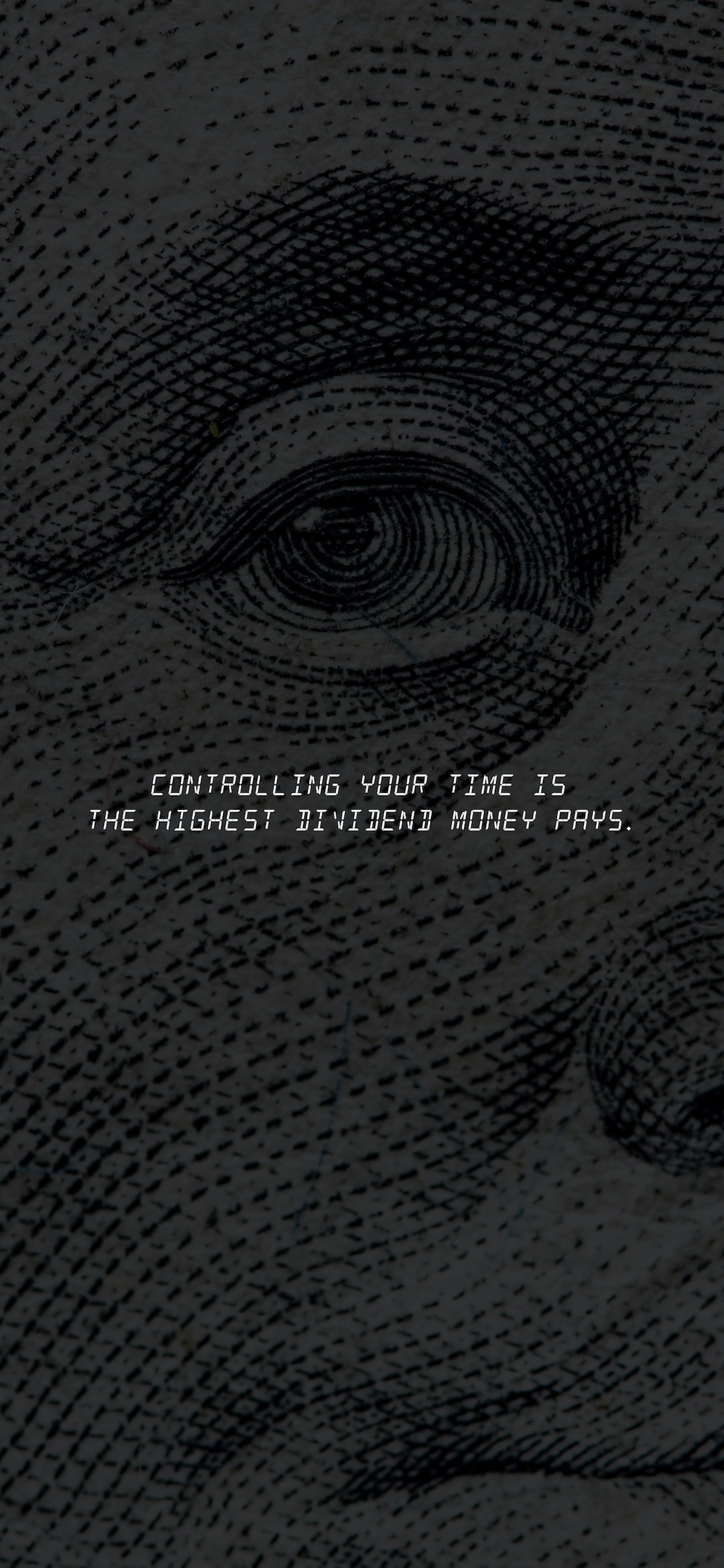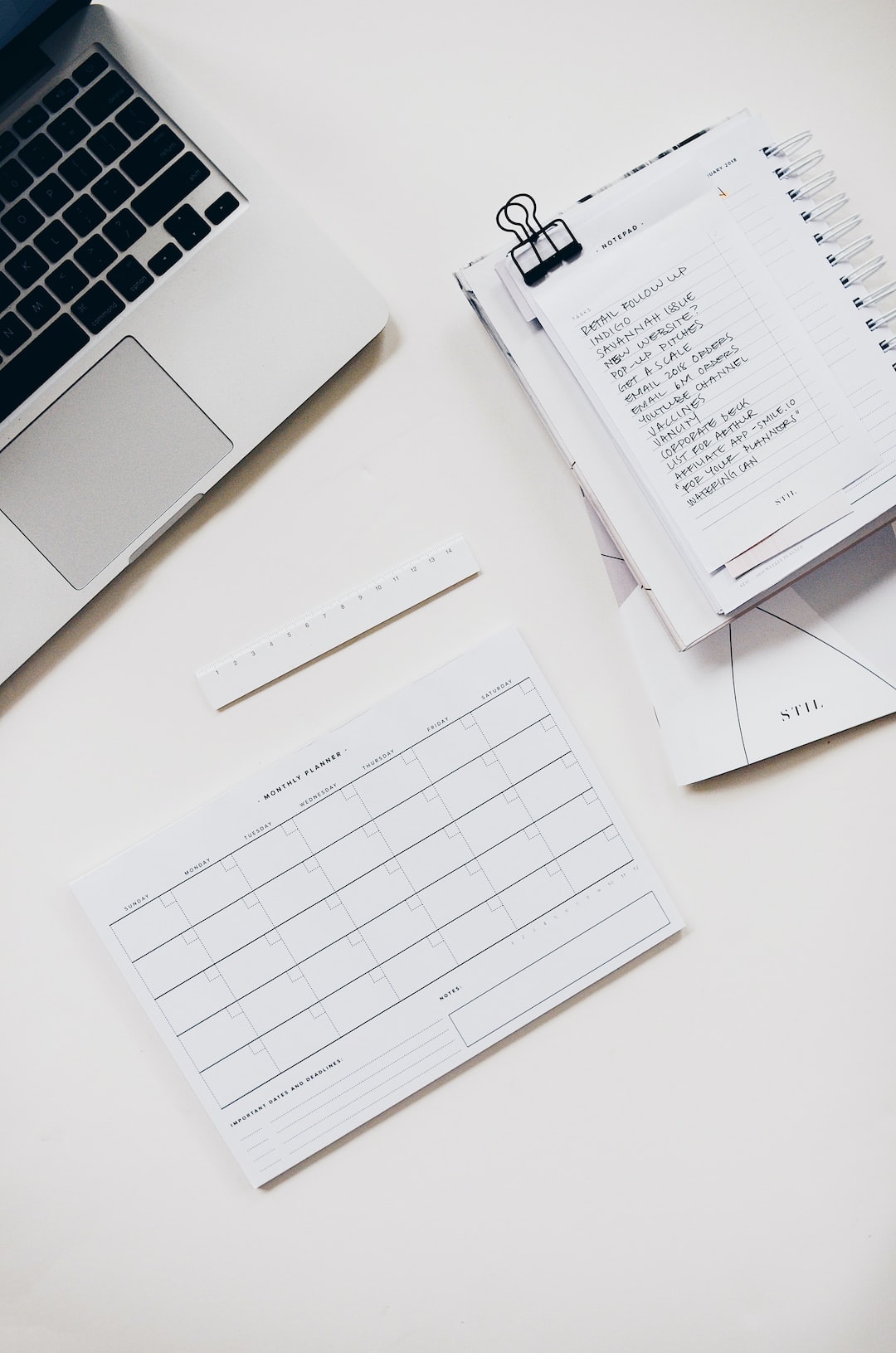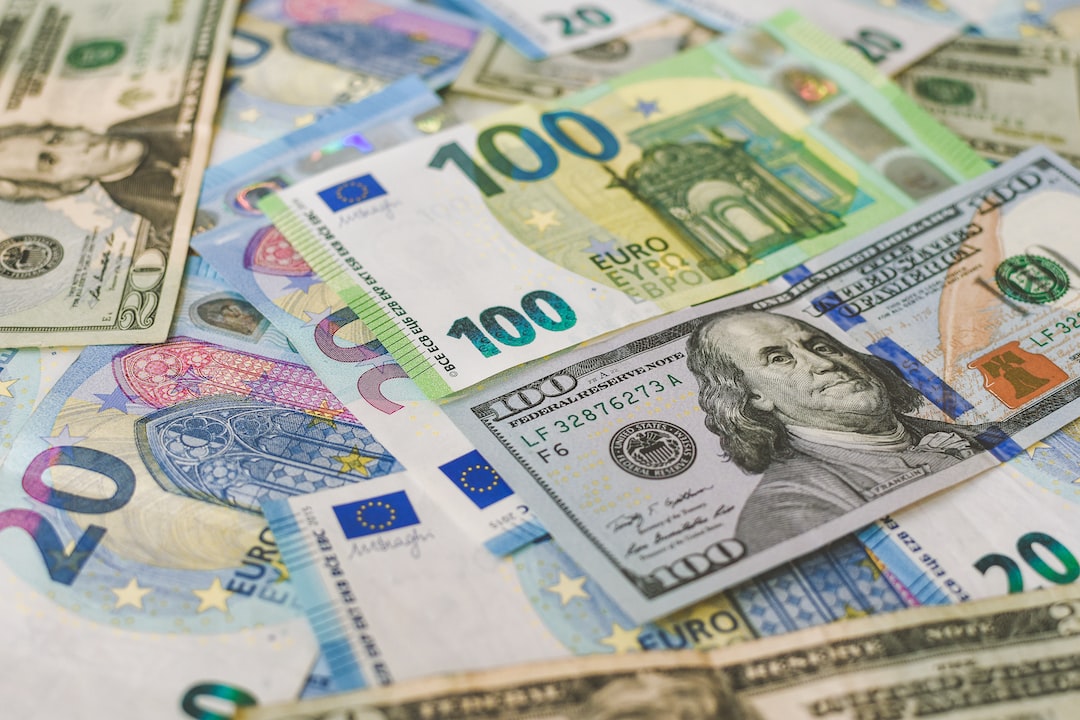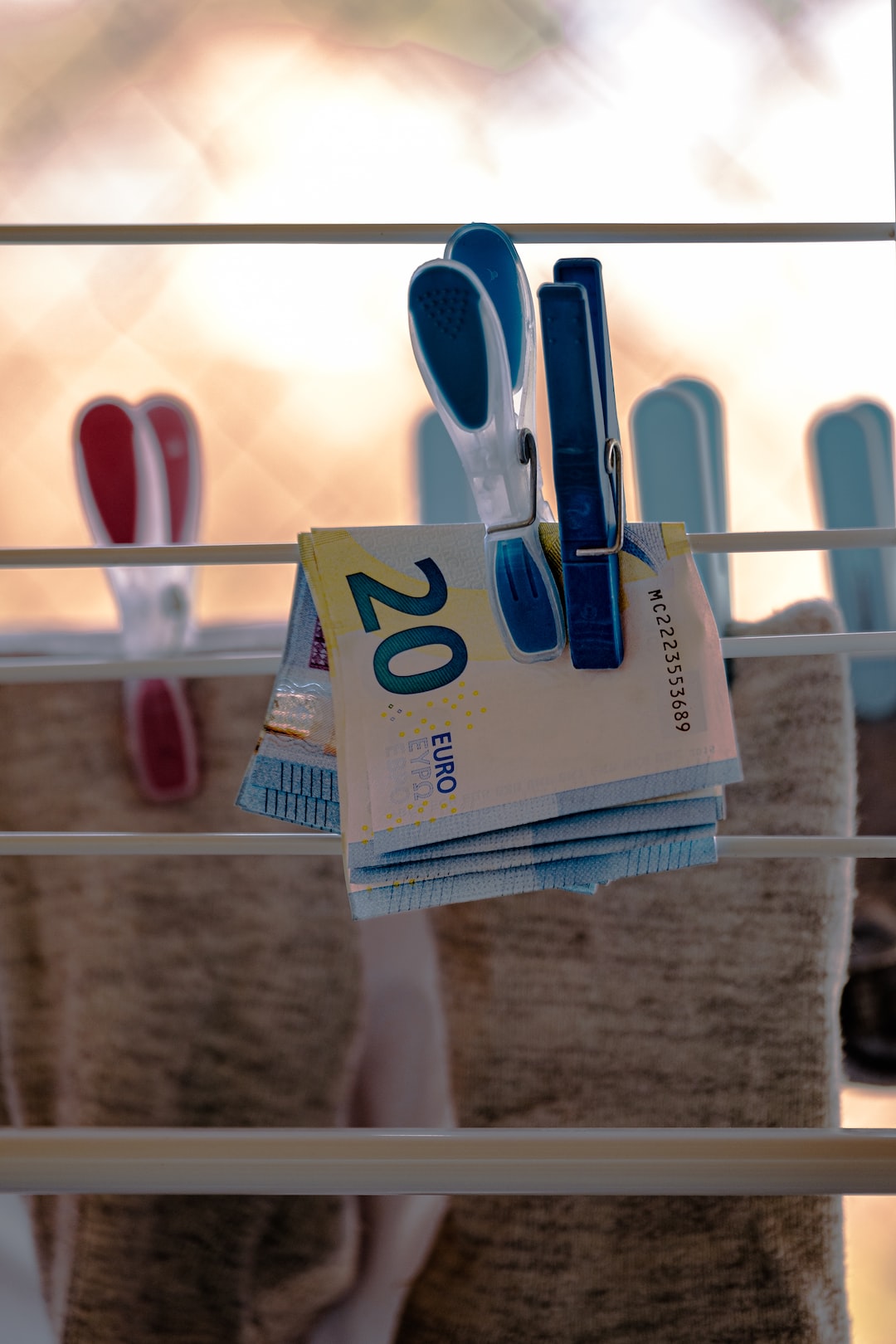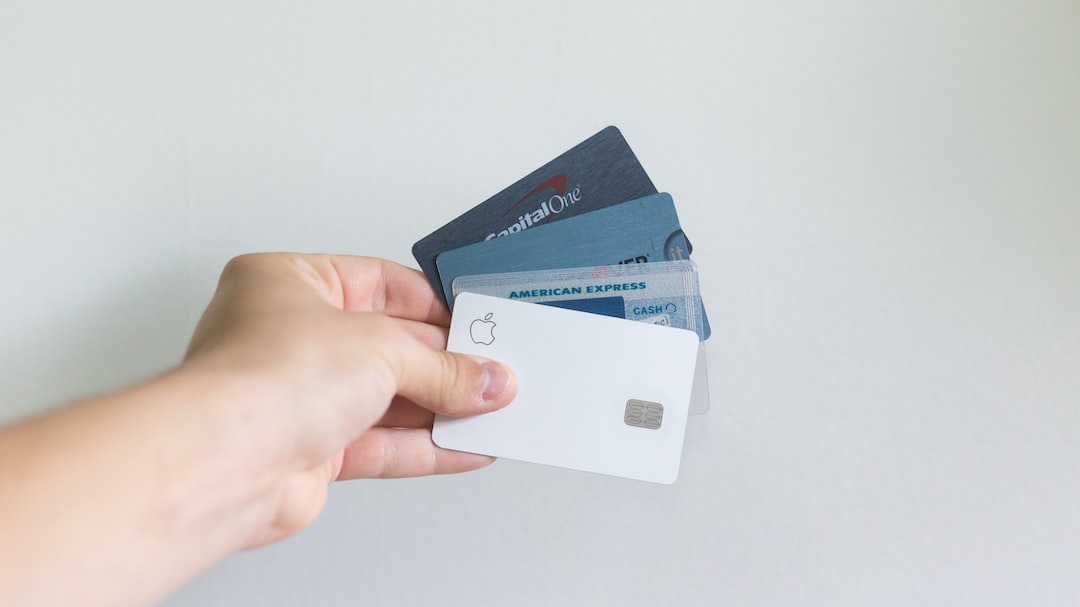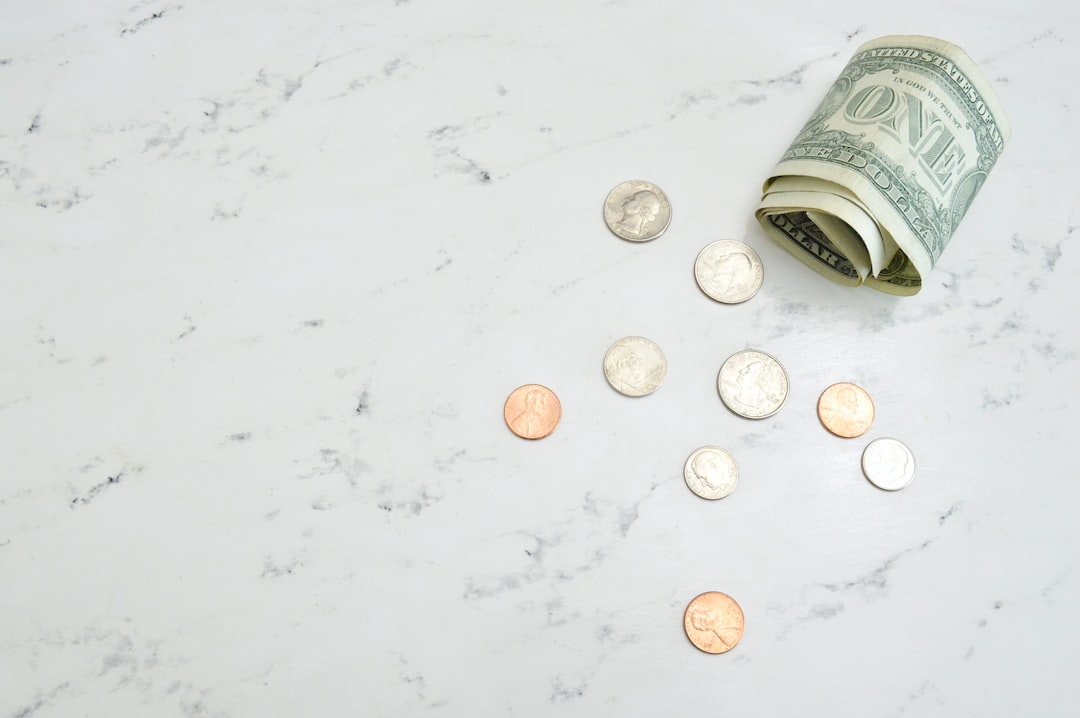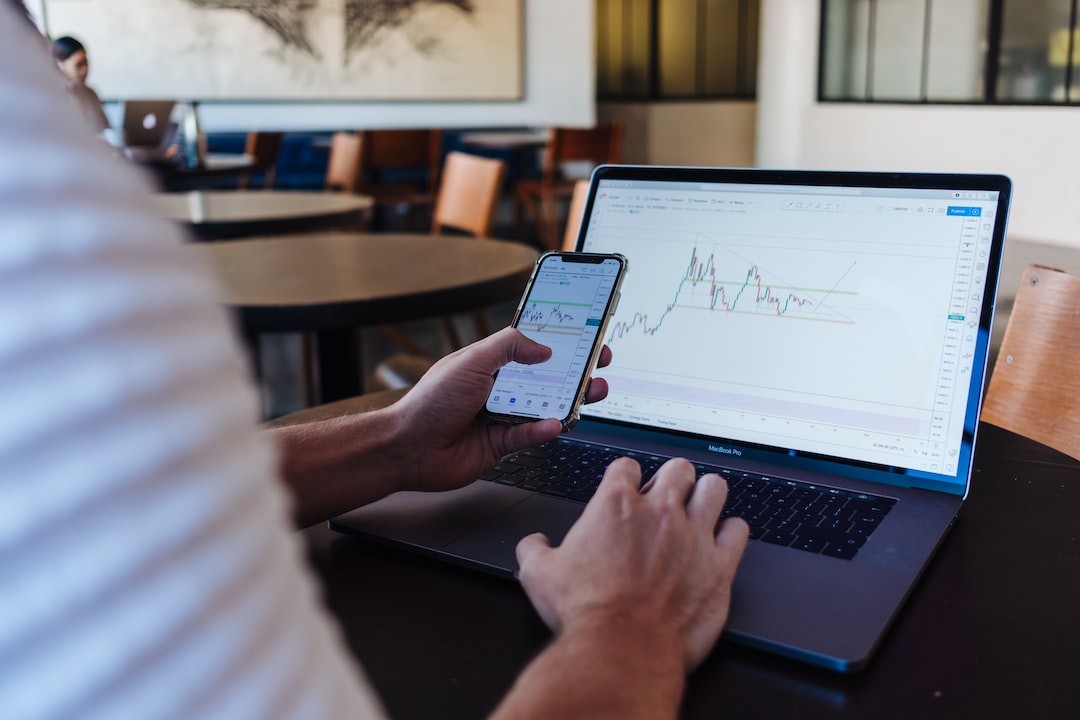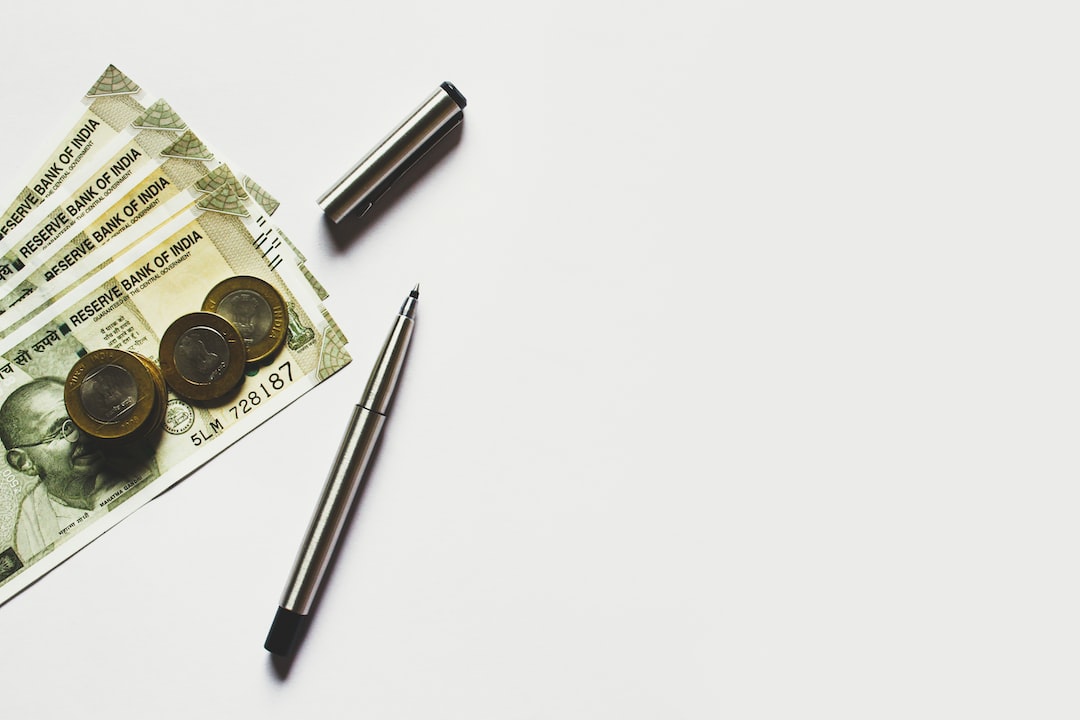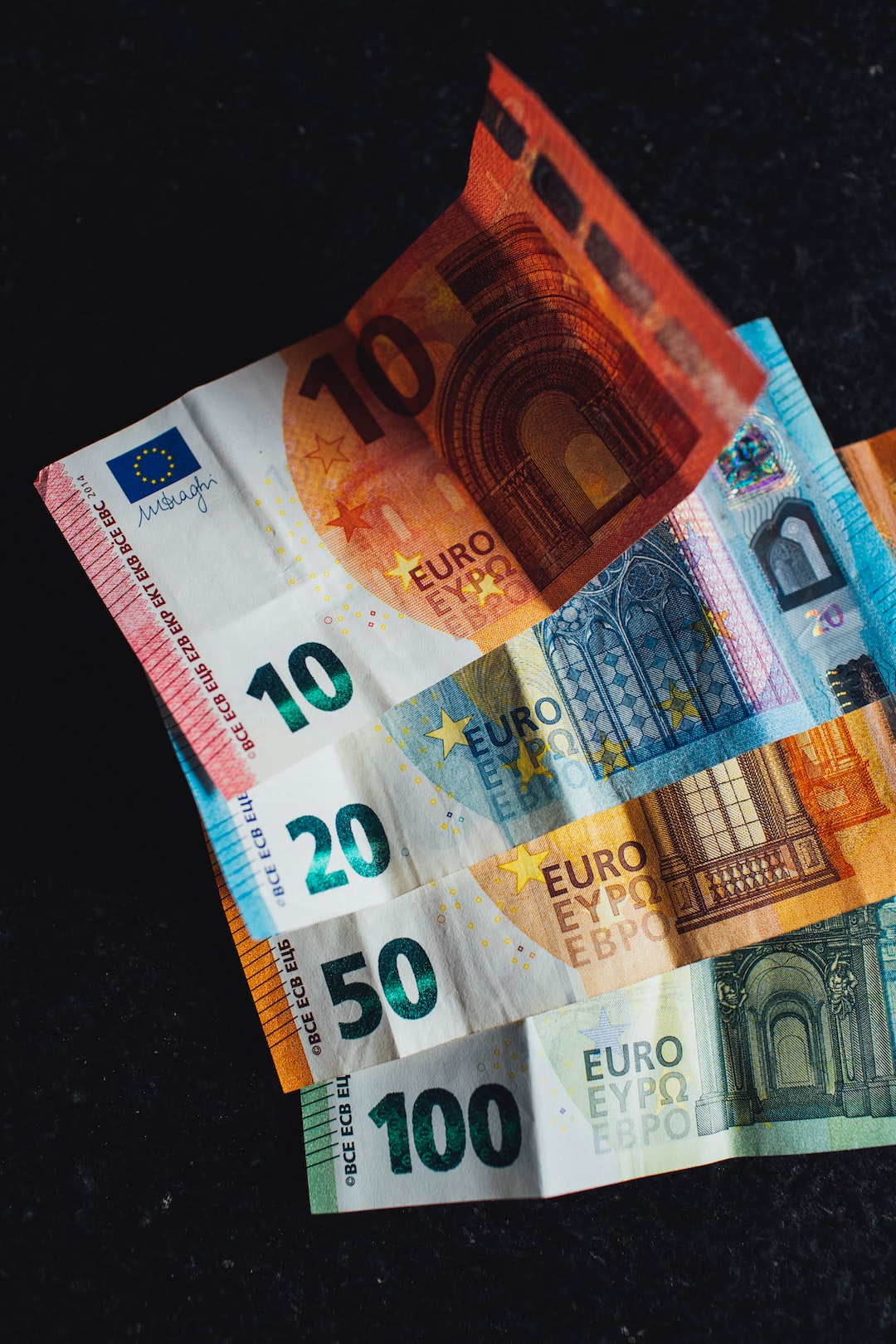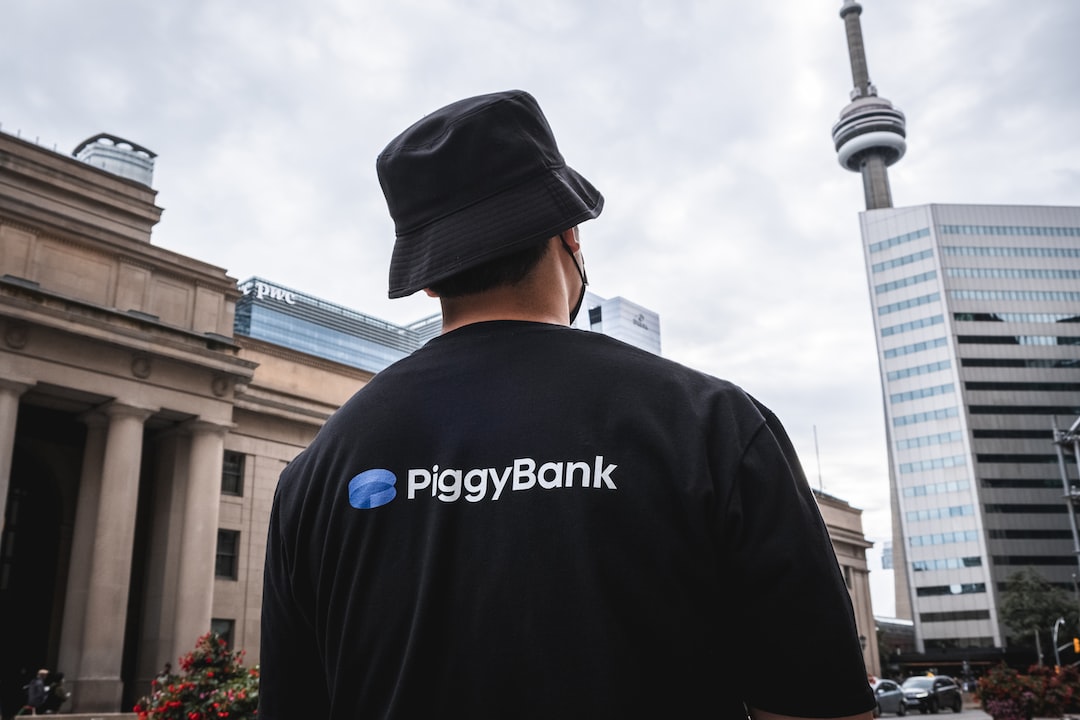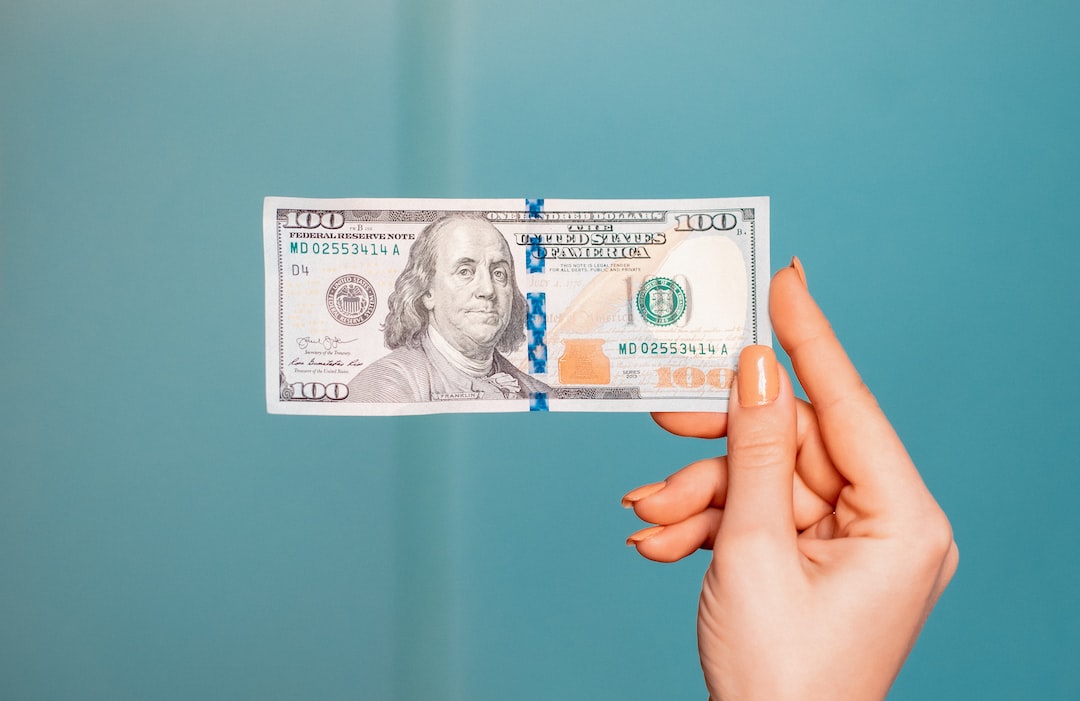Forex, or foreign exchange, is the largest financial market in the world, with an average daily trading volume of over $5 trillion. It is a decentralized market where currencies are traded 24/7. Forex trading involves buying one currency and selling another currency simultaneously. The value of a currency is determined by several fundamental and technical factors, including economic news releases, geopolitical events, interest rate differentials, and market sentiment.
One of the most significant factors that impact the forex market is news releases. News releases can affect the value of currencies in different ways, depending on the nature of the news and the current market sentiment. In general, news releases are classified into two categories: positive news and negative news.
Positive news refers to news that strengthens the economy or improves the outlook of a currency. For example, if the US releases a better-than-expected non-farm payroll report, it could lead to a rise in the value of the US dollar. Similarly, if the European Central Bank (ECB) announces a positive policy change, it could lead to a rise in the value of the euro.
On the other hand, negative news refers to news that weakens the economy or worsens the outlook of a currency. For example, if the US releases a worse-than-expected GDP report, it could lead to a fall in the value of the US dollar. Similarly, if the ECB announces a negative policy change, it could lead to a fall in the value of the euro.
When negative news impacts the forex market, it can have a significant effect on currency pairs. Depending on the severity of the news and the current market sentiment, the impact can be short-term or long-term. Here are some of the ways negative news can affect currency pairs:
1. Increase in volatility: Negative news can lead to an increase in market volatility, as traders react to the news and adjust their positions accordingly. This can lead to sharp movements in currency pairs, making it difficult to predict the direction of the market.
2. Flight to safety: In times of uncertainty, traders tend to move their investments into safe-haven currencies, such as the US dollar, Swiss franc, or Japanese yen. This can lead to a rise in the value of these currencies and a fall in the value of other currencies.
3. Interest rate differentials: Negative news can lead to a change in the interest rate differentials between countries, which can impact the value of currency pairs. For example, if the US releases negative news, it could lead to a fall in the value of the US dollar and a rise in the value of the euro, as traders expect the ECB to maintain its current interest rates.
4. Geopolitical events: Negative news related to geopolitical events, such as wars or political instability, can have a significant impact on currency pairs. For example, if there is a conflict between two countries, it could lead to a fall in the value of the currencies of both countries.
In conclusion, negative news can have a significant impact on the forex market and currency pairs. Traders need to stay up to date with the latest news releases and understand how they can impact the value of currencies. It is essential to have a solid risk management strategy in place to protect against sudden market movements and to take advantage of opportunities that arise. Forex trading can be a profitable venture, but it requires discipline, patience, and a deep understanding of the market.

